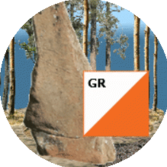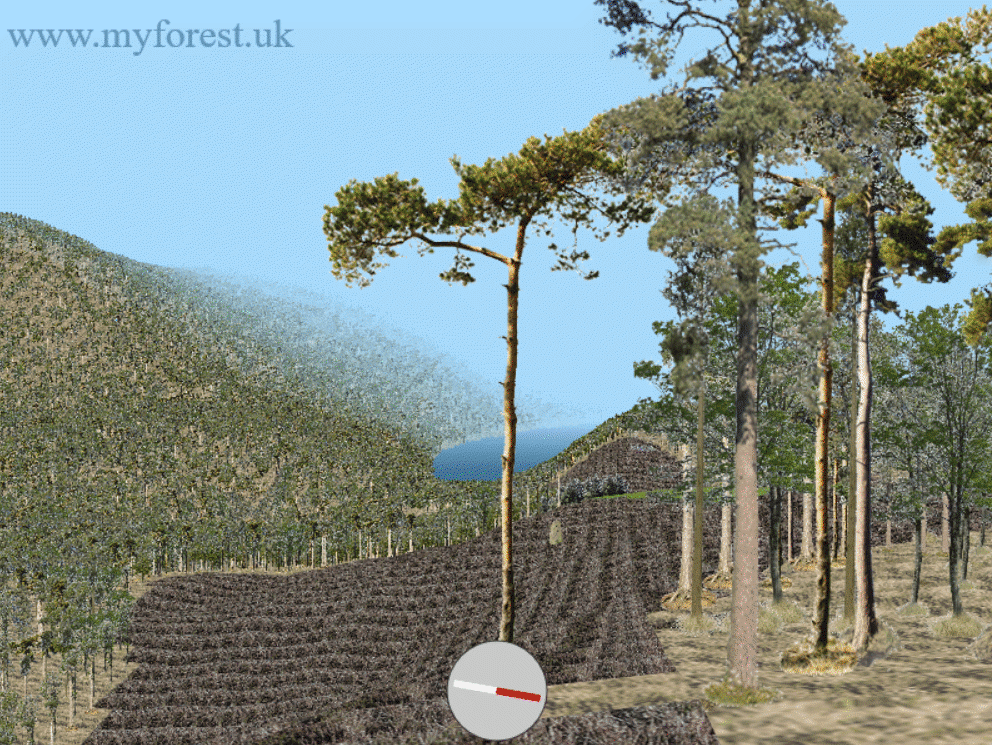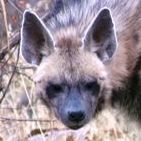I only have very superficial knowledge of this, dabbled around a bit with noise and fractals.
I think that the technique, whether fractal/noise or physically "plausible" or real world data, depends on scale and degree of realism one wants.
From how i understood things, fractals or noise generated patterns get overwhelmingly complex computation wise as well, when it comes to planetary dimensions and reasonable resolutions (1m). Mostly because recursion depths or iterations become too deep to do them in real time. Generating a map of let's say 16k * 16k (the max my video card supports) may still be within the limits, but that is far too coarse for my understanding to be of use as a planetary map. But i would use fractals or noise to fill in data on surfaces that would otherwise look a little bleak and dreary.
For a limited landscape though, a terrain for a setting like in a role playing or adventure game or a simulation that may be enough to explore. Further subdivision while rendering could make it further vivid.
For the big scale, especially terrain i mean, i would rather try out some of the newer techniques that try to replicate real world physical processes. At least i would like to tackle that, once i have my terrain renderer running ...











